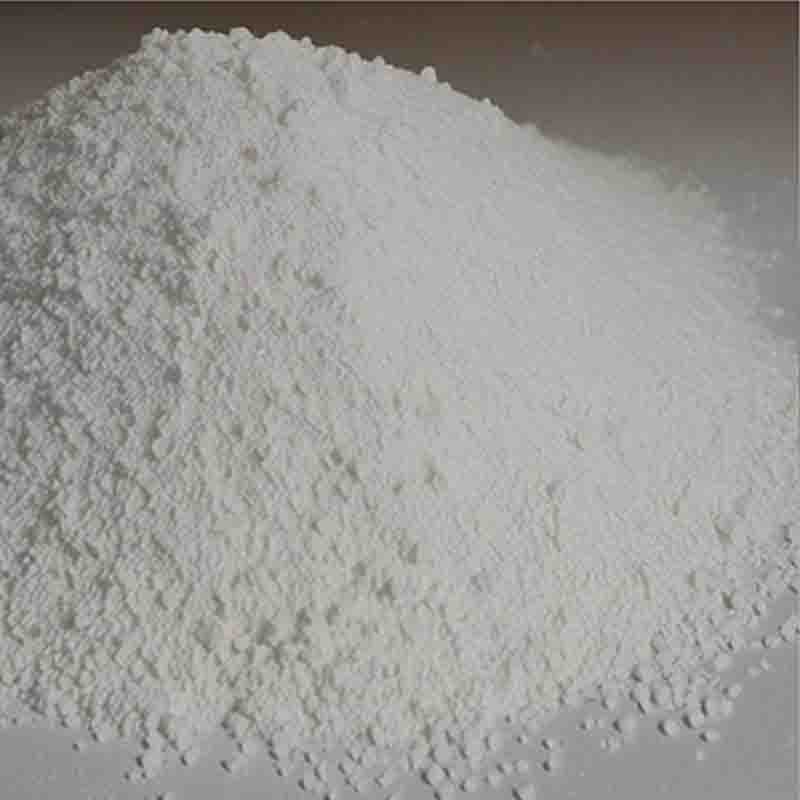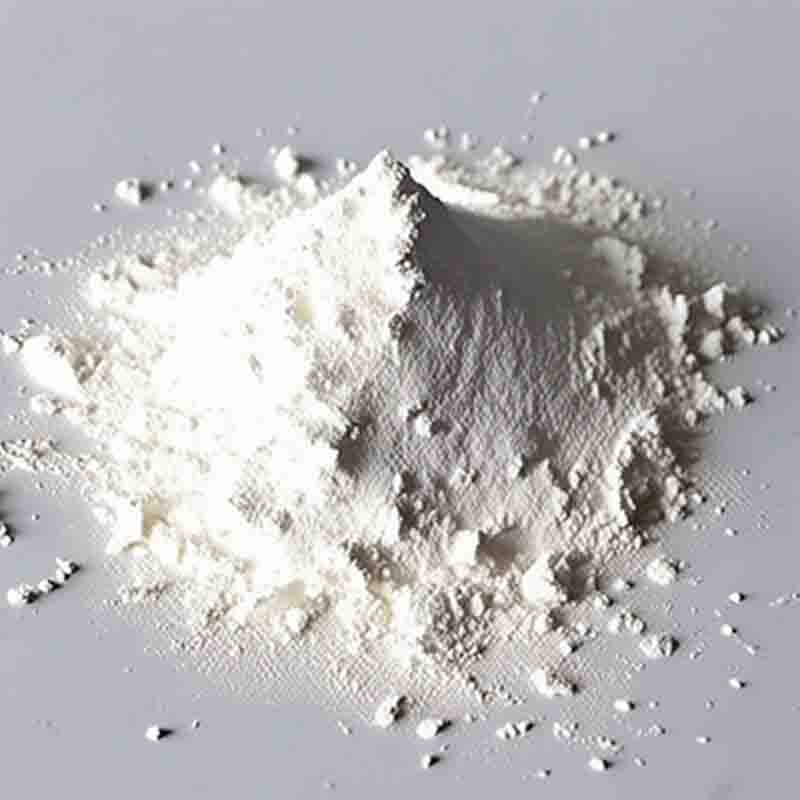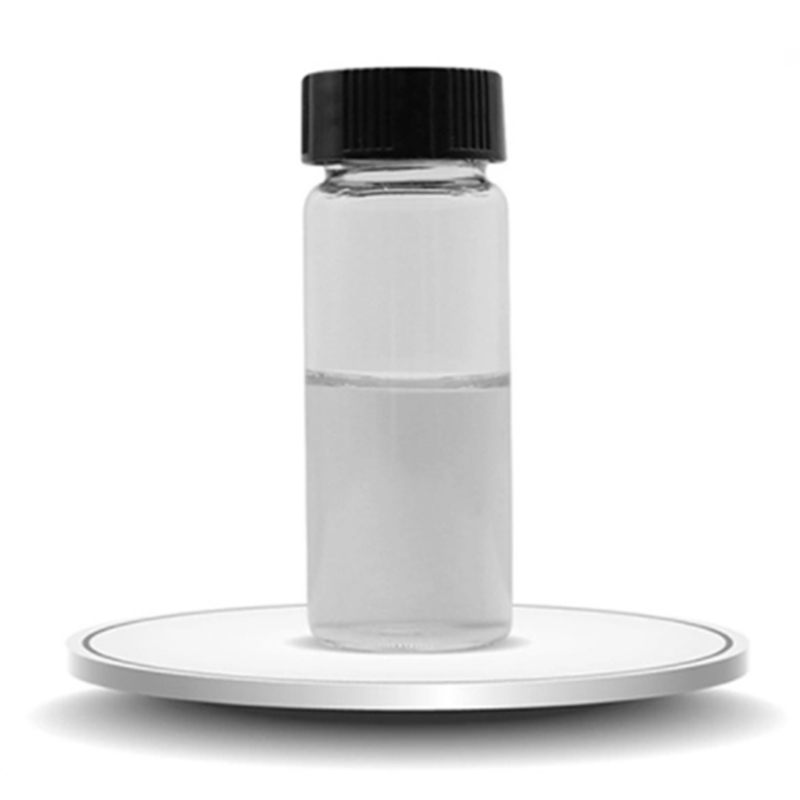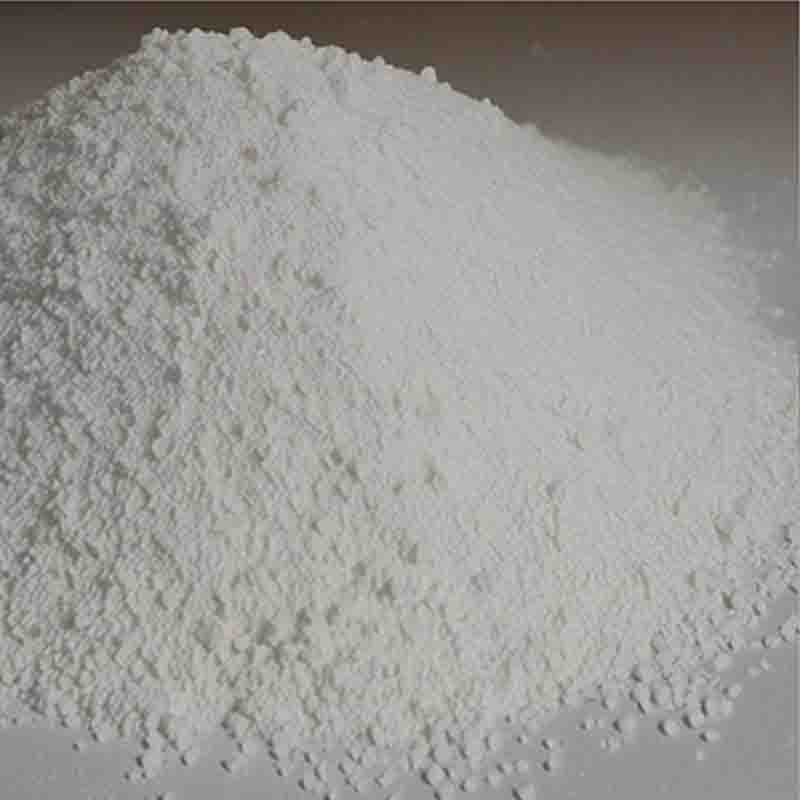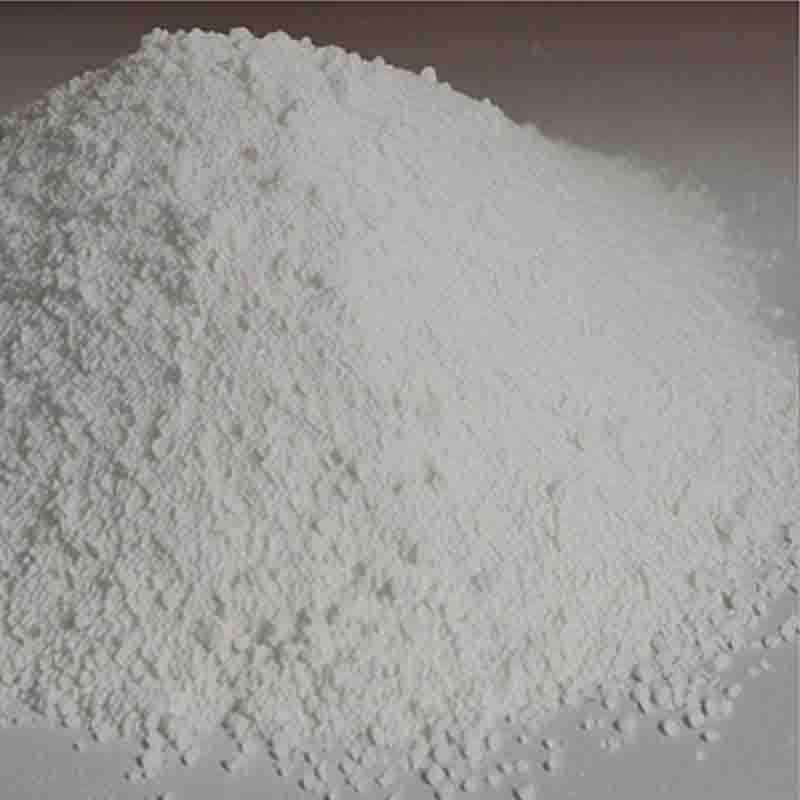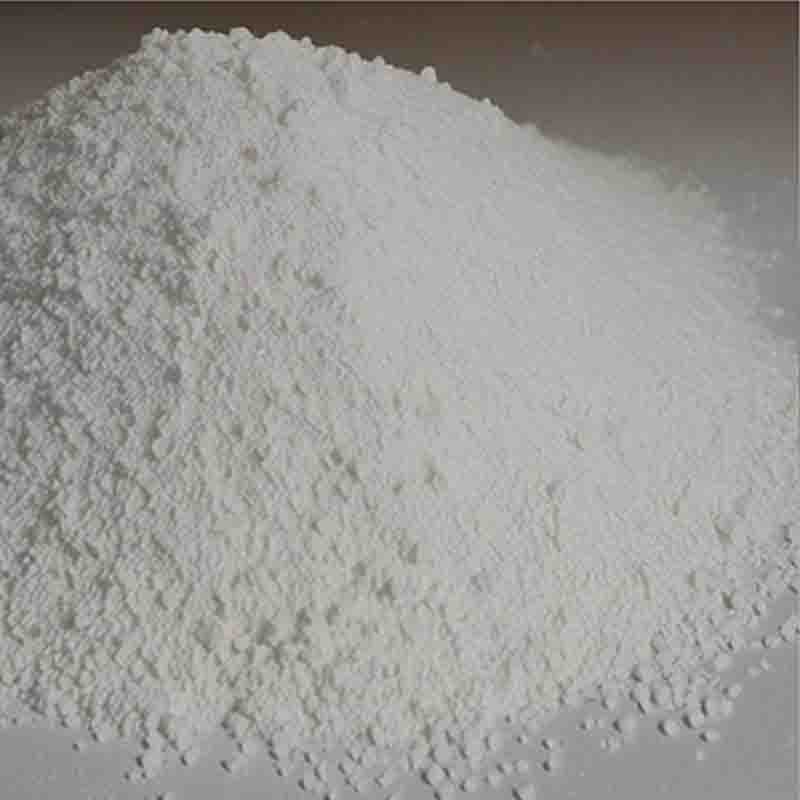1-deoxy-1-(octylamino)-D-glucitol CAS: 23323-37-7
| Catalog Number | XD95224 |
| Product Name | 1-deoxy-1-(octylamino)-D-glucitol |
| CAS | 23323-37-7 |
| Molecular Formula | C14H31NO5 |
| Molecular Weight | 293.4 |
| Storage Details | Ambient |
Product Specification
| Appearance | White powder |
| Assay | 99% min |
1-Deoxy-1-(octylamino)-D-glucitol, also known as octyl-D-glucitol, is a compound derived from glucose. In this 300-word response, we will explore the effects and significance of 1-deoxy-1-(octylamino)-D-glucitol in various applications and fields.One significant effect of 1-deoxy-1-(octylamino)-D-glucitol is its role as a surfactant. Surfactants are compounds that are widely used in cleaning products, personal care items, and industrial processes. They work by reducing the surface tension between liquids and solids, allowing them to mix more easily. Octyl-D-glucitol acts as a surfactant by reducing the contact angle between water and other substances, enabling better wetting and spreading properties. This makes it a valuable ingredient in various liquid formulations, such as detergents, shampoos, and pesticides.Another important application of 1-deoxy-1-(octylamino)-D-glucitol is its use as an emulsifier. Emulsifiers are substances that stabilize mixtures of water and oil, which do not normally mix well. By reducing the interfacial tension between water and oil, emulsifiers ensure that the two substances remain dispersed and do not separate. Octyl-D-glucitol can function as an emulsifier by forming a protective layer around oil droplets, preventing their coalescence. This property is highly beneficial in the formulation of creams, lotions, and cosmetic products.Additionally, 1-deoxy-1-(octylamino)-D-glucitol can serve as a carrier or solubilizer for poorly water-soluble drugs. It can enhance the solubility and bioavailability of these drugs, enabling their formulation into more easily administrable dosage forms. This is particularly important in pharmaceutical development, as it can improve the therapeutic efficacy and patient compliance of these drugs.Moreover, octyl-D-glucitol exhibits low toxicity and biocompatibility, making it an attractive ingredient in the production of various biomedical and pharmaceutical products. It can be used as a component in drug delivery systems, wound healing formulations, and tissue engineering scaffolds. Its favorable biocompatibility profile ensures minimal adverse effects on living tissues, further enhancing its suitability in biomedical applications.In summary, 1-deoxy-1-(octylamino)-D-glucitol possesses diverse effects and significance. Its surfactant properties allow for improved wetting and spreading in cleaning and personal care products. Its emulsifying properties stabilize mixtures of water and oil, making it valuable in cosmetic formulations. Its ability to act as a solubilizer enhances the bioavailability of poorly water-soluble drugs. Moreover, its low toxicity and biocompatibility make it suitable for use in biomedical and pharmaceutical applications. Continued research into the potential of octyl-D-glucitol in these areas will likely lead to further advancements and applications in the future.


